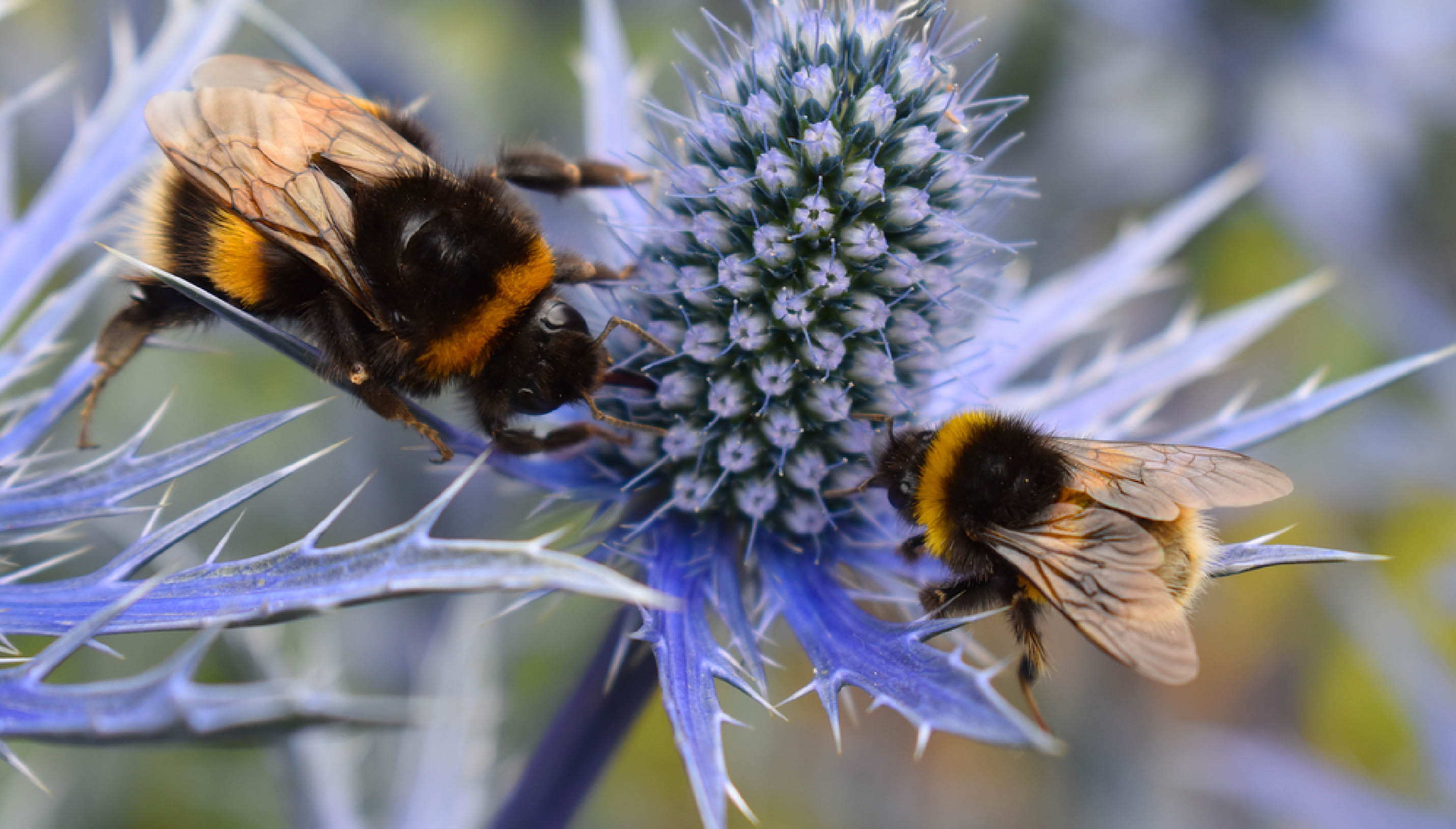How to Grow a Wildlife Garden
Ditch the manicured lawn for a carefree display, helping wildlife thrive!

Rewilding gardens has become a growing trend over the last few years, inspiring budding gardeners to leave their displays to their own devices. The purpose? To help the likes of bees, birds, and butterflies to find sustainable homes over the summer months.
Not only will your wild garden help the environment, but it will also look good doing it. That’s right, a wild garden is the new desirable trend for gardens everywhere. Want to learn how to grow a wild garden? Here are some tips to get you started.
Leave Your Grass to Grow
Put down the lawn mower, because step 1 is to let your grass grow to its heart’s content. Why? Because grass helps all kinds of critters and wildlife to set up shop over the summer!
If you’re not entirely happy with leaving your whole lawn unkempt, then giving wildlife a set area of lawn that you can leave to grow will work wonders. Remember, there’s no specific art to rewilding – it’s simply letting nature do what it does best (although we can do some things to help!).

Redesign Your Displays
Whether it’s an annual or perennial display, wild meadow flowers are the key to creating an authentic-looking show. You can do this by scattering seeds or planting bulbs, modules and loose roots – all of which are easy to grow!
Seeds can create the most realistic display, as you can scatter them through lawns where they’ll grow without assistance. This method also spaces the flowers out in a way that makes them look like they naturally grew there. However, you can also mimic this method with bulbs, planting them wherever they scatter when dropped.
The Best Plants for a Wildflower Display
From grasses to wildflowers, there’s a large variety of plants to grow in dedicated areas that wildlife will go crazy for. Here are just a few examples of our favourites.
Wildflowers
Varieties like Achillea, Echinacea, Papaver, Geum, and Salvia will all help you achieve that tall, elegant, naturally-occurring aesthetic that’s so sought after with wild gardens. Varieties like Geum and Echinacea are also perennials, meaning that they will return the following year! Perfect for keeping things low-maintenance, disrupting wildlife as little as possible.
Grasses
If you feel like your grass needs a bit of a boost with some extra varieties, then these two ornamental plants will do the job! Miscanthus and Pennisetum both produce tall, leggy plants that are highly attractive, making it an easy pairing between wildflowers and grasses. These two varieties are also drought resistant, which is perfect for warmer weather.
| Get your garden summer ready with J. Parker’s a family-owned and run business, soon to celebrate our 90th anniversary! Shop thousands of garden plants, flower bulbs, seeds or fruit and vegetable plants. Get 8% off with your membership enter your code at checkout. |














